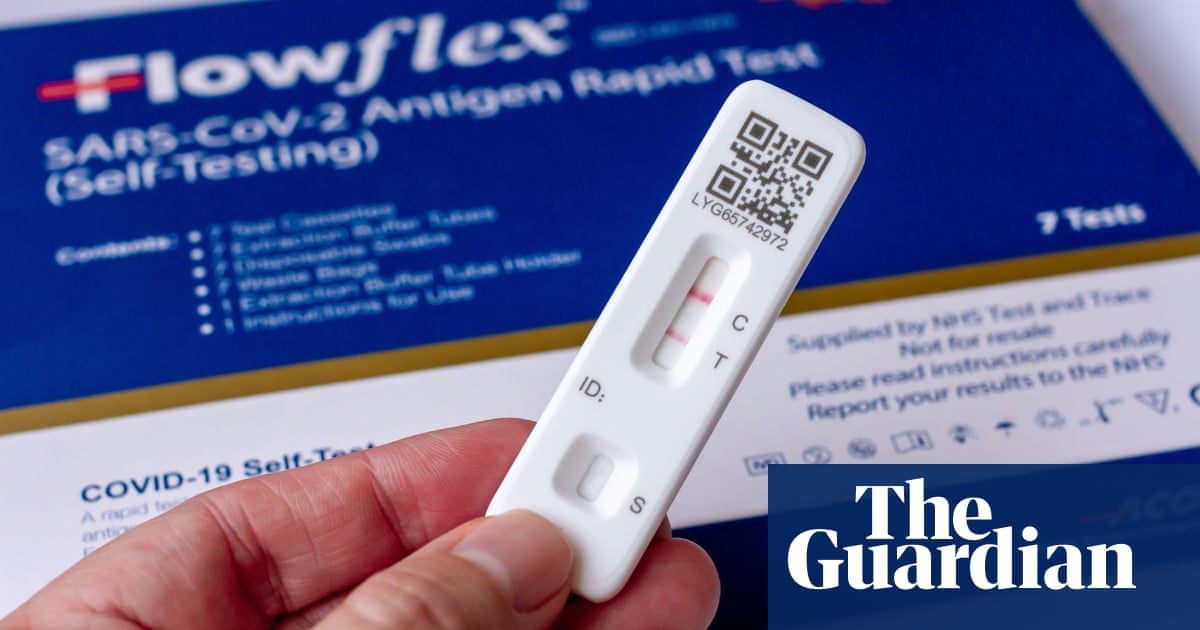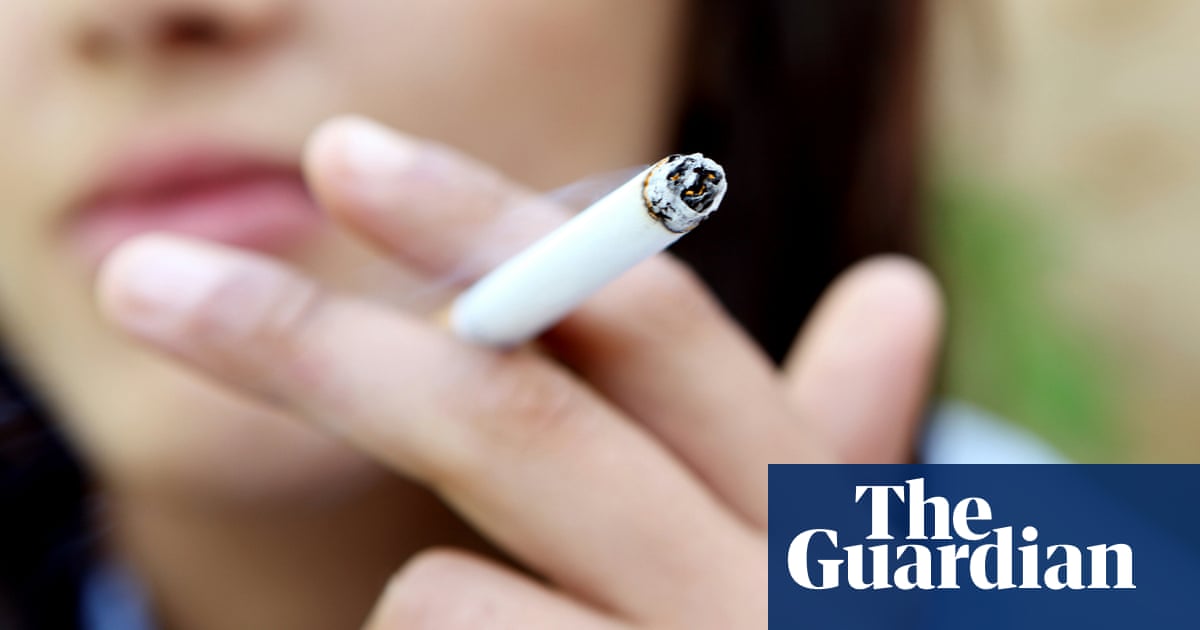
Farming groups often claim that the overall weight of pesticides applied to UK land has halved since 1990. This is true, but the types of pesticide used are becoming more toxic, with more harmful chemicals increasing in use, and the land area to which pesticides are applied also increasing.
We also do not have a full picture of how much pesticide is used in the UK; unlike in European countries including Ireland, the country does not have mandatory sales data, so cannot tell how much is being sold to agricultural businesses.
Since they were invented in the 1940s, the toxicity of pesticides has shot up. Some argue this is good, because it means that less needs to be used and it can target certain species rather than being blanket applied to a whole cropped area. However, it also means that highly toxic chemicals are being widely applied in the UK and killing insects and other life. It also means that humans and wildlife are not necessarily any less exposed to toxicity than when a larger amount of weaker pesticides was being applied.
While overall weights of pesticides have gone down, there have been increases in the use of highly hazardous pesticides. HHPs are chemicals that are acknowledged to present particularly high levels of acute or chronic hazards to health or environment, according to internationally accepted classification systems such as the World Health Organization. These include:
Glyphosate
One hundred and fifteen products containing glyphosate are approved for professional use. This powerful weed-killing product is highly toxic to bees and aquatic organisms as well as being a probable human carcinogen. Use between 2016 and 2020 increased, in terms of weight used, land treated and application rate per hectare. The weight of glyphosate applied to UK land went up by 16% in those four years, and the percentage in area sprayed went up by 9%. It’s used on pretty much everything, from arable crops to pasture and amenity use. There is a concern that a rise in “no till” agriculture means that glyphosate is being sprayed to kill weeds rather than farmers digging into the soil, which releases carbon.
Cyantraniliprole
Three products containing this toxic insecticide are approved for professional use. It’s highly toxic to bees and is used on vegetables including broccoli, brussels sprouts, cabbage and carrots. It’s used to tackle a wide variety of pests including aphids, whitefly and thrips. The percentage in weight change from this pesticide has risen by a staggering 241% between 2016 and 2020. Percentage area change treated with this chemical has risen by 345% in that timeframe.
2,4-D
This is a hormonal herbicide widely used in the world because of its efficacy in the control of broadleaf and woody plants. Broadleaf weeds include chickweed, clover, dandelion, wild geranium, ivy, milkweed, plantain, and thistle. Seventy-five products containing this weed-killer are approved for professional use. It is toxic to earthworms, aquatic species and bees, is carcinogenic to humans and a suspected endocrine disruptor. The weed-killer is used on a wide variety of arable crops and the weight used of this herbicide went up 117% between 2016 and 2020. The percentage in area change in that timeframe rose by 67%.
Imazalil
This fungicide has been found to be carcinogenic, and five products containing it are approved for professional use. It is used on barley, wheat and potatoes to protect their seeds, and stored potatoes from fungal infections. There have long been discussions in the EU about banning it because of its impact on human health. The weight of the fungicide applied to crops in the UK has gone up by 53%, and the percentage change in area is up by 63% between 2016 and 2020.












